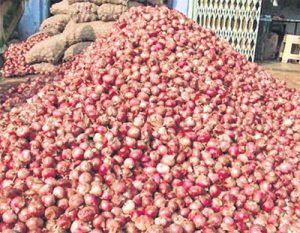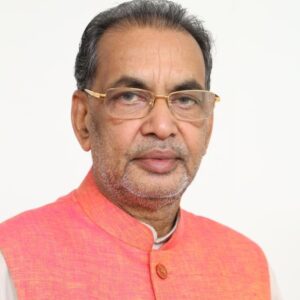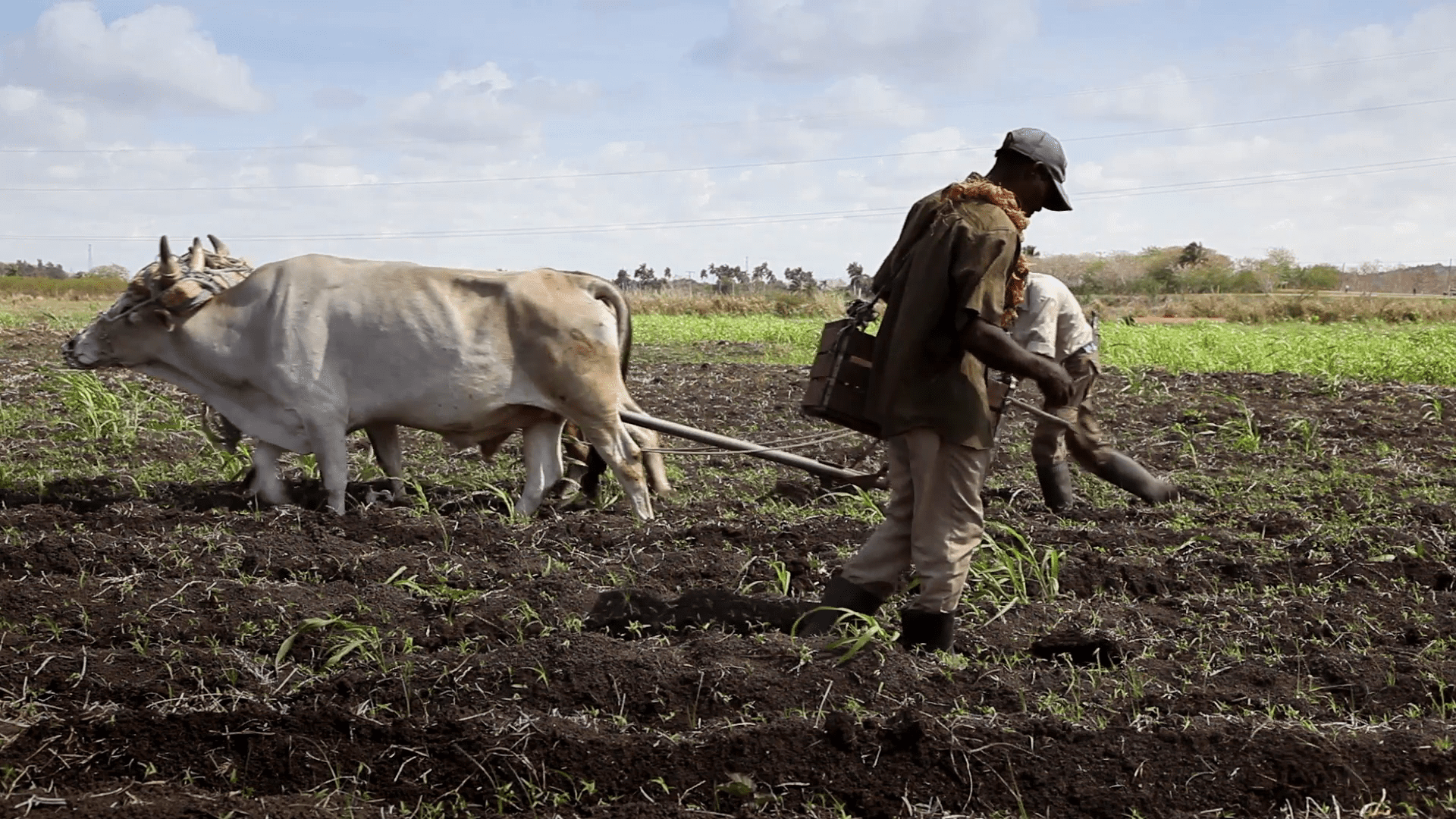Even as India successfully ended by degrees the despicable licence-cum-permit raj after the advent of industrial and trade policy reforms way back in 1991, the concurrent improvement on the farm front had seldom been initiated by any government both at the Centre and by the states. If there were real actions on the ground there would not have been a spate of farmers’ suicides and agitations across the country to draw their dismal plight in recent months. Here’s a report, for Different Truths.
With the domestic peasant community having been bitten not only because of natural aberrations such as the twin back-to-back droughts following the ascension of the NDA government in 2014 and the policy-induced follies that neglected corrective actions when the chips were down, the run-up to the 2019 general elections means a lot is set to supervene on the farm front. This is understandable because the rural votes do count and that is the reason why no less a person than Prime Minister Narendra Modi had to announce loan waivers to farmers before the assembly polls in the Uttar Pradesh in 2017 and his pledge to double farmers’ income by 2022 lest the restive farmers should be appeased and peace purchased even if that meant considerable cost to the exchequer.
Even as India successfully ended by degrees the despicable licence-cum-permit raj after the advent of industrial and trade policy reforms way back in 1991, the concurrent improvement on the farm front had seldom been initiated by any government both at the Centre and by the states. If there were real actions on the ground there would not have been a spate of farmers’ suicides and agitations across the country to draw their dismal plight in recent months. Politicos of all hues might thump their chest, listing out a litany of pro-farmers policies and programmes they had put in place. No doubt, the country has had to bear administering the heaviest burden of monopoly procurement laws and the intermediation through the  Agriculture Produce Market Committees (APMC). Even this was further cushioned by providing the farmers with highly subsidised inputs such as water, electricity, fertilizer, seeds, and credit.
Agriculture Produce Market Committees (APMC). Even this was further cushioned by providing the farmers with highly subsidised inputs such as water, electricity, fertilizer, seeds, and credit.
It is rather an irony and a tyranny that such an open-ended subsidy did in no way benefit a majority of farmers eking out existence by belabouring a tiny plot of land with most of them not even owning it to till the soil with their might and maim; nor this did change the terms of trade against agriculture by an iota! For the farmers, their relentless exposure to and risk from not only natural elements of monsoon but also man-made complexities of little quality extension services to help them overcome the odds stacked against them meant perpetual troubles with little relief in sight as ever and forever.
In a series of steps to boost the morale of farmers to stem their meltdown, the latest was in the budget 2018-19 when the Finance Minister announced rewarding farmers with 50 percent more minimum support price (MSP), regardless of the cost and how the mechanism was to be funded. It is altogether another unedifying story that the NDA government did not announce a normal hike in MSP for a few years lest its impact on reining in food inflation should be thwarted. Incremental improvements such as neem-coated fertilizers to reduce leakage, soil cards to ensure appropriate matching of inputs to soil conditions, extending tax holidays to the farmer-producer companies with higher turnover and direct benefit transfer to the farmer-buyer to whittle down food subsidy a tad lower were no doubt all salutary steps that need to be credited to this government.
But as the NDA government’s fundamental credo is to keep faith in market forces to ensure that trade is free and fair as it had done in the case of auctioning natural resources such as coal and other minerals, it is time that the BJP as a principal player in the NDA should set its focus on the farm front in freeing it from the shackles to render agriculture a paying proposition not only to big farmers but also to the small and marginal ones whose number is legion but their plight continues to remain grim and if not galling enough for a few to take their own lives instead of living to enliven existence by effort and endurance duly supplemented by farmer-friendly policies of the authorities.
Much has been w ritten and driven as to how new directions could be set to link farmers to the value chain of farm to fork, including agribusiness, to remove undue restrictions on movement and export of farm produce so that they can foray into the global grain and horticultural produce markets with verve and vigor and to permit easier land transfers including leasing. Interestingly one also saw the modest Union Agriculture Minister Radha Mohan Singh tweeting recently about the government’s determination to augment the value of agricultural exports to 100 billion dollars by 2022-2023 from the lowly level of 24.59 billion dollars in 2016-17, which were 30.15 billion dollars in 2014-15! It may be noted that the country’s farm exports grew five-times from 8.7 billion dollars in 2004-05 to 42.6 billion dollars in 203-14 when the global commodity prices had a roller-coaster ride lifting all commodity and farm produce exports across the universe!
ritten and driven as to how new directions could be set to link farmers to the value chain of farm to fork, including agribusiness, to remove undue restrictions on movement and export of farm produce so that they can foray into the global grain and horticultural produce markets with verve and vigor and to permit easier land transfers including leasing. Interestingly one also saw the modest Union Agriculture Minister Radha Mohan Singh tweeting recently about the government’s determination to augment the value of agricultural exports to 100 billion dollars by 2022-2023 from the lowly level of 24.59 billion dollars in 2016-17, which were 30.15 billion dollars in 2014-15! It may be noted that the country’s farm exports grew five-times from 8.7 billion dollars in 2004-05 to 42.6 billion dollars in 203-14 when the global commodity prices had a roller-coaster ride lifting all commodity and farm produce exports across the universe!
In contrast to the chimerical claim of the incumbent Union farm minister, the commerce ministry’s draft agricultural export policy, placed in the public domain, has a much more spacious target of 60 billion dollars by 2022-23. As the administrative ministry for farm exports, the commerce ministry knows its onions when it makes a modest pitch for farm exports, even as this goes against the government’s ambitious claim to give a leg-up to the farm front by ensuring remunerative returns to farmers to get the best for their produce in the overseas markets! India’s policymakers had seldom ensured that the farmers got the best for their produce in terms of export price because whenever the domestic prices harden over the possible paucity of production, the first casualty is export market with the authorities banning export or setting a very high export price or clamping Essential Commodities Act to regulate private participation. This type of off-on hand on export meant the loss of captured markets by domestic suppliers and it is difficult to rebuild relations once supplier ran reputational risks because of policy-induced bans. Unless the commerce ministry consciously refrains from conducting trading of produce through official diktats and allows private entrepreneurs to find their feet and once they get into the rough waters of the global marketplace, the mandarins in the ministry ought not to rock their journey by frequent flip-flop of policies. Till this is secured, India’s ambition to step up its farm produce exports may at best remain a pipedream and this will have far-reaching implications for doubling both farmers’ income or trebling agri exports by 2022!
G. Srinivasan
©IPA Service
Photos from the Internet
#PeasantsOfIndia #EssentialCommoditiesAct #PriceControl #TradePolicy #Food #Inflation #SuicideOfFarmers #Fertilizers #Seeds #Electricity #Water #IndianAgriculture #DifferentTruths






 By
By

 By
By
 By
By